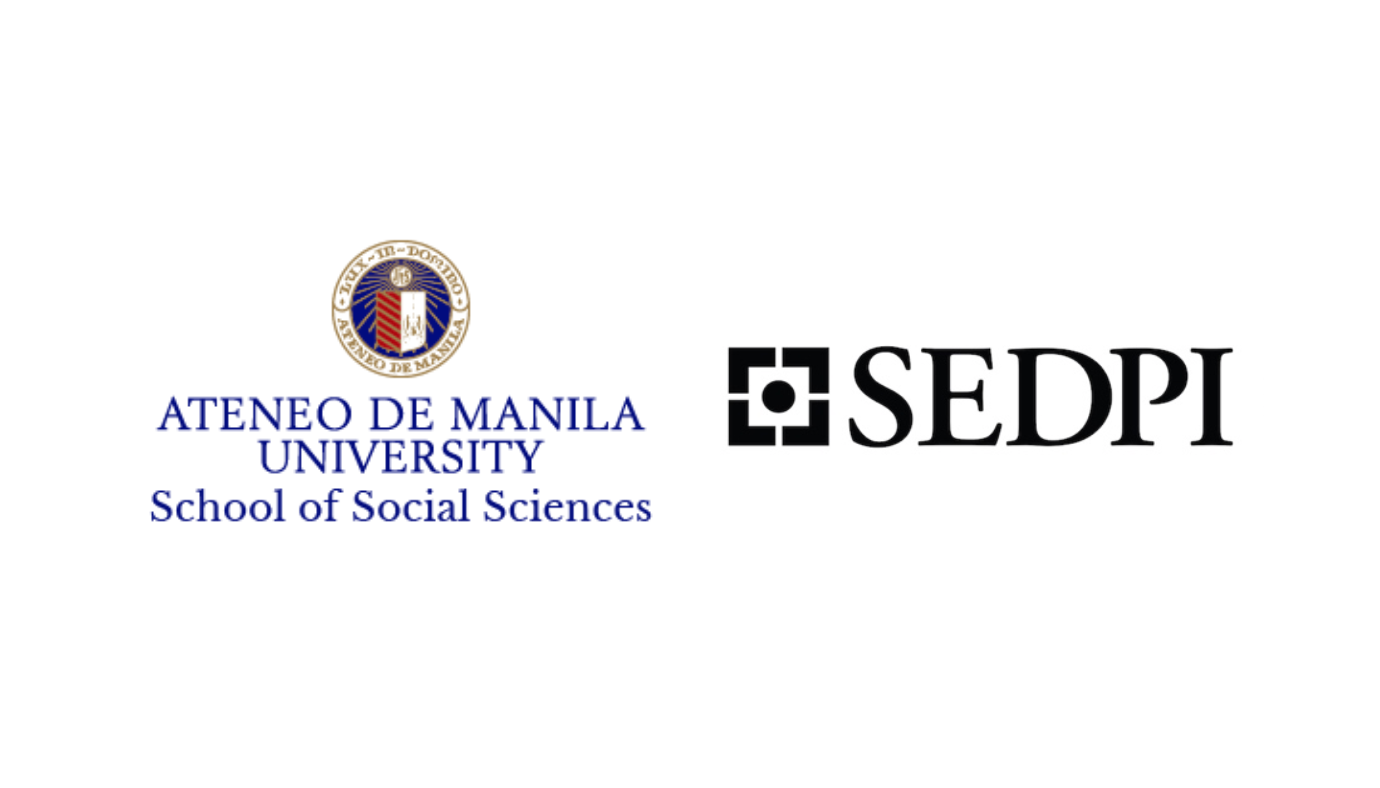Tag: Social investor
-

Regulatory landscape of microfinance in the Philippines: An overview
Microfinance has emerged as a critical tool for poverty alleviation and financial inclusion in the Philippines. The government has recognized its potential and has enacted several laws and regulations to promote and regulate the sector (Llanto & Fukui, 2015). This paper examines the key regulations governing microfinance in the Philippines and their implications for the…
-

Forms of insurance
May apat na forms ang insurance – formal, informal, public at hybrid. Pooling of risks over a large number of similar units such as households, persons or businesses ang insurance. Inispread ang risk para ang financial loss ay hindi pasan lamang ng iisa kundi ng marami. Formal insurance Galing sa corporations and cooperatives ang formal…
-

Almost 4 in 10 nanoenterprises bounce back to pre-pandemic level
Update 10: SEDPI Rapid community assessment on the impact of COVID-19 to nanoenterprises Two months after the government started easing lockdowns in most parts of the country, 36% of nanoenterprises reported to have bounced back to pre-pandemic level. In May, only 18% expected to bounce back within one month which may be a good sign…
-

Plight of Microentrepreneurs in the Philippines Part 1 of 3 Sari-sari Stores
Never too Small for Hope- Part I Doing business is largely a family affair in the Philippines – 80% of enterprises are family-owned or family-controlled. Microenterprises are the most intimate and the most common of these businesses. Nine of out of 10 MSMEs in the Philippines are microenterprises. Their kinship is the most deep-rooted because…
-

Position Paper on Section 3.01 of the IRR of RA 11469 Section 4 (aa)
The COVID-19 pandemic continues to pose serious threats to health and has already disrupted the economy. This prompted the government to enact Republic Act No. 11469 otherwise known as the “Bayanihan to Heal As One Act,” declaring a state of national emergency in order respond to the urgent needs of the people. It is in…